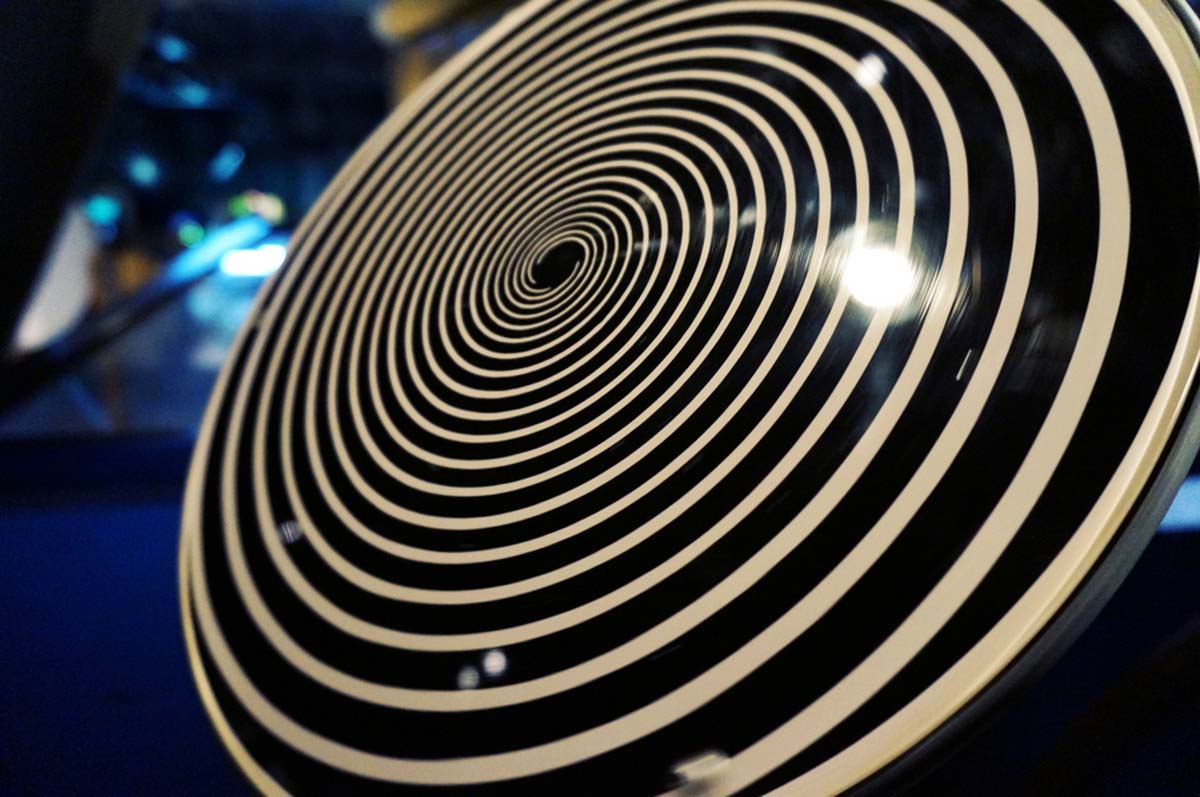Over 12,000 Mothers Who Have Used the Mongan Method Say It Is
Over 12,000 mothers, however, have found a natural way to avoid the pain of labor and childbirth through the Mongan method, especially after the widely publicized alternative birthing methods used by superstars Katie Holmes and Angelina Jolie.
The Mongan Method is the brainchild of Marie "Mickey" Mongan, a professional licensed hypnotherapist and New Hampshire college dean. Mickey Mongan often tells the story of how she used self-hypnosis to deliver all four of her children without pains of childbirth, approximately 50 years ago. Building on the ideas of Grantly Dick-Read and Dr. Jonathan Dye popularized in the 1940's, Mongan was able to devise a technique that enabled her to give birth without any pain medication, her husband at her side throughout the process.
How the Mongan Method Works
Dr. Mongan's method, called Hypnobirthing, begins with substantial training in the possibilities for childbirth. A fundamental concept taught to both the mother to be and the birthing partner (who may be male or female) is that childbirth does not have to be accompanied by pain. Dr. Mongan's method does not teach any specific methods to avoid pain, but instead offers abdominal breathing and total relaxation techniques as a way actually to enjoy the experience of giving birth.Hypnobirthing also teaches expectant mothers how to bond with their babies. By talking to, singing to, and feeling the movements of the baby throughout pregnancy, advocates of the method claim, mothers bond with their child even before the baby is born.
Reversing a Trend Toward "Medicalized" Childbirth
Teachers of Hypnobirthing are seeking to reverse a decades-old trend toward medically induced pain relief during childbirth. In the 1940's and 1950's, a British method called Childbirth without Fear and the Lamaze Method, devised by French physician Dr. Ferdinand Lamaze, offered women an alternative to childbirth to millions of women who previously had prospects of giving birth with no pain relief at all.It was not until the 1970's and 1980's that depiction of childbirth in films and television was considered socially acceptable. When births were finally shown in TV dramas, they were almost always portrayed as dangerous and painful.
At the same time, more and more women became understandably skeptical of birthing methods designed by men, or even directed by men, such as the Bradley Method of Husband-Coached Childbirth. By 2000, most women taking prenatal care classes were more interested in touring surgical suites and asking questions about epidurals, than in taking classes with their partners in methods for self-directed pain control.
No Guarantee of Pain-Free Childbirth
The appeal of Dr. Mongan's method is that it teaches that childbirth does not have to be painful. This is very different from constantly reminding mothers to be aware of the potential for pain and the need to learn breathing exercises to control it. Mongan does not say that every woman who takes her classes will deliver a child without any labor pains, only that some women do.Some women who take Mongan classes, however, even report a physically pleasing experience. Cindi Braby, the author of the book A Utah Mom's Life, wrote that she was so deep in self-hypnosis during delivery that she was aware of her surroundings, but only felt her child, not her own pain.
Hypnobirthing for Difficult Pregnancies
The most important application of Ms. Mongan's Hypnobirthing technique, however, may be its use by women going through difficult pregnancies. Women who have previously miscarried and even women who have to have a C-section can have a better experience of childbirth by using Hypnobirthing technique, Mongan claims.
Why would a mother who knows she is going to deliver by caesarean section bother with learning self-hypnosis? Here are some of the advantages advocates of the Mongan Method report:
- Fear release is an important component of Hypnobirthing. Women who have had miscarriages or who will have C-section can achieve relief of anxiety through the training and relaxation techniques for anxiety taught by the method.
- Hypnobirthing emphasizes bonding with the baby long before birth, giving mothers motivation to endure difficult procedures and expectation of a meaningful parental bond.
- The "Rainbow Relaxation" technique taught in Hypnobirthing classes makes preparing for the surgery and recovery easier and more comfortable.
- The breathing techniques taught in the method can help mothers about to have surgery to "slow down." There is less tension in the abdominal walls and less ancillary tissue damage from the operation.
- Ms. Mongan's method even shows women undergoing C-section how they can experience the pleasant vaginal sensations associated with childbirth, with their obstetrician's help.
What to Expect from Hypnobirthing Classes
Hypnobirthing is taught as a series of five 2-1/2 hour classes. Women who may be near their due dates may be offered individual sessions. The usual sequence of classes for women delivering either vaginally or by C-section is:
- Building positive expectations. The idea in this session is to learn how to assist, rather than resist, natural urges of expectant mothers.
- Falling in love with baby. This session teaches mothers how to cultivate positive feelings about their child, and also how to choose care providers and cooperate with birthing partners.
- Getting ready to welcome baby. This session discusses how to avoid the need to induce labor, and how to articulate preferences regarding the circumstances of childbirth to everyone involved.
- Labor of love. This session prepares mothers for the possibility that the baby may have its own ideas about when and where it will be born. Birthing partners are taught how they can help maintain progress during the birthing process and both mothers and partners do a birth rehearsal.
- Breathing love, bringing life. The final session teaches mothers how to help the child begin to descend the birth canal, how to breathe during delivery, and how to bring the child to the breast.
Cost for all five sessions in the US is usually about $600. Participants are assisted in locating obstetricians who can work with the method, as well as in finding doulas not just for the mother but also for the father or birthing partner. Certified practitioners are available in all 50 of the United States, Canada, Australia, Austria, Belgium, Costa Rica, Croatia, Denmark, Finland, France, Germany, Hong Kong, Hungary, Iceland, India, Israel, Japan, Kenya, Luxembourg, Malaysia, Mexico, Netherlands, New Zealand, Pakistan, Portugal, Saudi Arabia, Singapore, South Africa, South Korea, Spain, Switzerland, Taiwan, Turkey, the UAE, and the UK.
- Elizabeth Olson, "You're In Labor and You're Getting Sleeeeepy," New York Times, 27 April 2006.
- Photo courtesy of Adam Dachis by Flickr : www.flickr.com/photos/dachis/8636700070/

